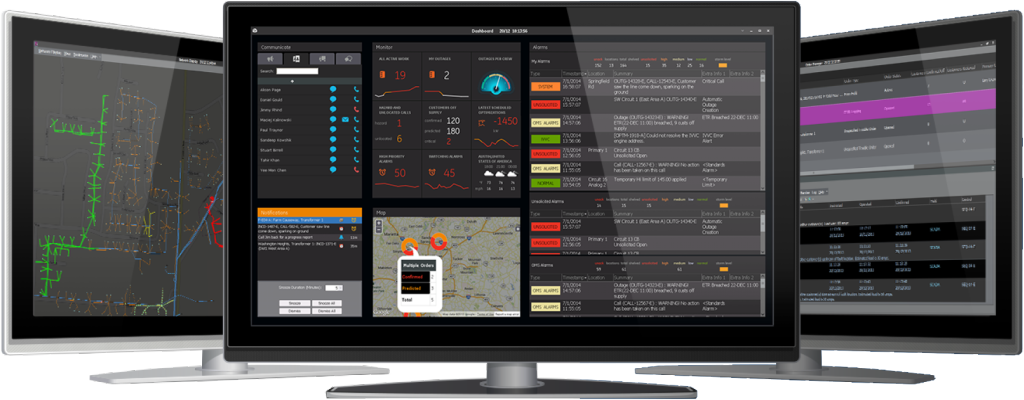We here at GreenMonk have been researching and writing about the smart grid space for over six years now. It has long been a sector which resisted significant change, but no more.
Several factors have come into play which has ensured that the smart grid we envisioned all those years ago, is now starting to come into being. Some of those factors involve necessary practical first steps such as the rollout of smart meters to homes, other factors would include the huge advances in mobile, big data and analytics technologies which have taken place in the last couple of years.
Then there’s the issue of budgets. More money is definitely starting to be freed up for smart grid investments with revenue from asset management and condition monitoring systems for the power grid projected to grow from $2.1 billion annually in 2014 to $6.9 billion by 2023.
I attended GE’s recent Digital Energy conference in Rotterdam as a speaker, and at this event GE showcased their new PowerOn product set. This is a combined outage, and distribution management system in a singular modular platform. Combining OMS and DMS systems seems to be a new direction for the industry. It remains to be seen if it will become the norm, but it should bring advantages in process efficiency and consequently in productivity.
The application uses newer modern screens (see screens above), with a more intuitive user interface, and a single system database. This combining of systems into a single platform should simplify operations for the system operators, leading to reduced outage times, and a more reliable grid for customers. Repair crews out in the field have access to the system as well, and can update the status of any repairs ongoing. This data can be fed directly into the IVR so customers who are still using telephones can get the latest updates.
In time, as utilities embrace next generation customer service, this information will be fed into customers social channels of choice as well. Then we’ll really start to see the grid get smarter.

